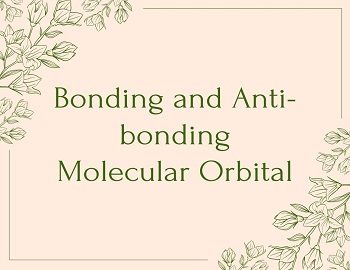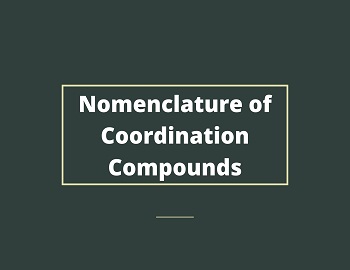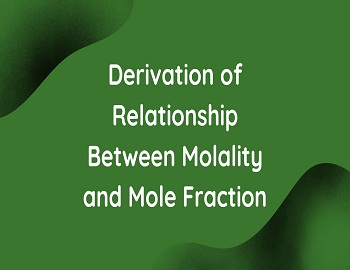Bonding and Anti-bonding Molecular Orbital:
The following are the points of difference between Bonding and Anti-bonding Molecular Orbital.
| Bonding Molecular Orbital (B.M.O) | Anti-Bonding Molecular Orbital (A.B.M.O) |
|---|---|
| It is formed by the additive overlap of waves function of atomic orbitals i.e. ΨB2 = (ΨA + ΨB)2 | It is formed by the subtractive overlap of wave functions of atomic orbitals i.e. ΨA2 = (ΨA – ΨB)2 |
| Bonding Molecular Orbital are associated with lower energy than atomic orbitals. | Anti-Bonding Molecular Orbital are associated with higher energy than atomic orbitals. |
| B.M.O are more stable. | A.B.M.O are less stable. |
| B.M.O is formed when the lobes of combining atomic orbitals have the same sign. | A.B.M.O is formed when the lobes of combing orbitals have the opposite sign. |
| B.M.O is formed by the constructive interference of electron waves. | A.B.M.O is formed by the destructive interference of electron waves. |
| B.M.O is formed during the in-face overlap. | A.B.M.O is formed during the out-face overlap. |
| B.M.O has a high electron density in the region between the two nuclei. | Electron density is concentrated away from the inter-nuclear region. |
| B.M.O is represented by σ, π, δ, Φ. | A.B.M.O is represented by σ*, π*, δ*, Φ*. |









Comments (No)